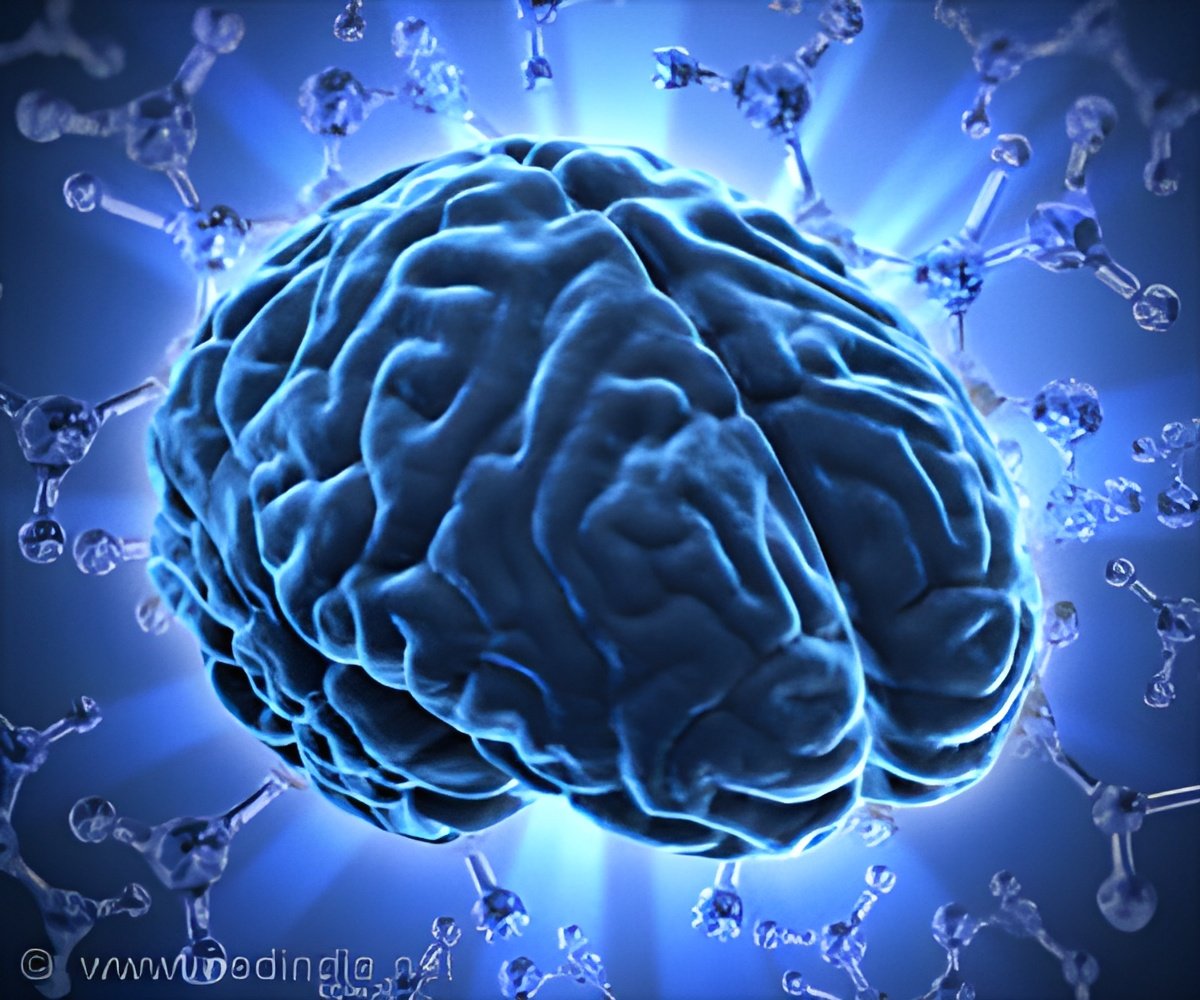The brains of people with the autism spectrum disorder tend to have the same signature of abnormalities at the molecular level.

‘SOX5, a gene with a known role in early brain development, contributes to the failure of the two regions to diverge in people with autism.’





But a new study led by UCLA scientists
provides further evidence that the brains of people with the disorder
tend to have the same "signature" of abnormalities at the molecular
level.The scientists analyzed 251 brain tissue samples from nearly 100 deceased people - 48 who had autism and 49 who didn't. Most of the samples from people with autism showed a distinctive pattern of unusual gene activity.
The findings, published in Nature, confirm and extend the results of earlier, smaller studies, and provide a clearer picture of what goes awry, at the molecular level, in the brains of people with autism.
"This pattern of unusual gene activity suggests some possible targets for future autism drugs," said Dr. Daniel Geschwind, the paper's senior author and UCLA's Gordon and Virginia MacDonald Distinguished Professor of Human Genetics. "In principle, we can use the abnormal patterns we've found to screen for drugs that reverse them - and thereby hopefully treat this disorder."
In a much-cited study in Nature in 2011, Geschwind and colleagues found that key regions of the brain in people with different kinds of autism had the same broad pattern of abnormal gene activity. More specifically, researchers noticed that the brains of people with autism didn't have the "normal" pattern for which genes are active or inactive that they found in the brains of people without the disorder.
Advertisement
The discovery suggested that different genetic and environmental triggers of autism disorders mostly lead to disease via the same biological pathways in brain cells.
Advertisement
"Traditionally, few genetic studies of psychiatric diseases have been replicated, so being able to confirm those initial findings in a new set of patients is very important," said Geschwind, who also is a professor of neurology and psychiatry at the David Geffen School of Medicine at UCLA. "It strongly suggests that the pattern we found applies to most people with autism disorders."
The team also looked at other aspects of cell biology, including brain cells' production of molecules called long non-coding RNAs, which can suppress or enhance the activity of many genes at once. Again, the researchers found a distinctive abnormal pattern in the autism disorder samples.
Further studies may determine which abnormalities are drivers of autism, and which are merely the brain's responses to the disease process. But the findings offer some intriguing leads about how the brains of people with autism develop during the first 10 years of their lives. One is that, in people with the disorder, genes that control the formation of synapses - the ports through which neurons send signals to each other - are abnormally quiet in key regions of the brain. During the same time frame, genes that promote the activity of microglial cells, the brain's principal immune cells, are abnormally busy.
This could mean that the first decade of life could be a critical time for interventions to prevent autism.
The study also confirmed a previous finding that in the brains of people with autism, the patterns of gene activity in the frontal and temporal lobes are almost the same. In people who don't have autism, the two regions develop distinctly different patterns during childhood. The new study suggests that SOX5, a gene with a known role in early brain development, contributes to the failure of the two regions to diverge in people with autism.
Source-Eurekalert











